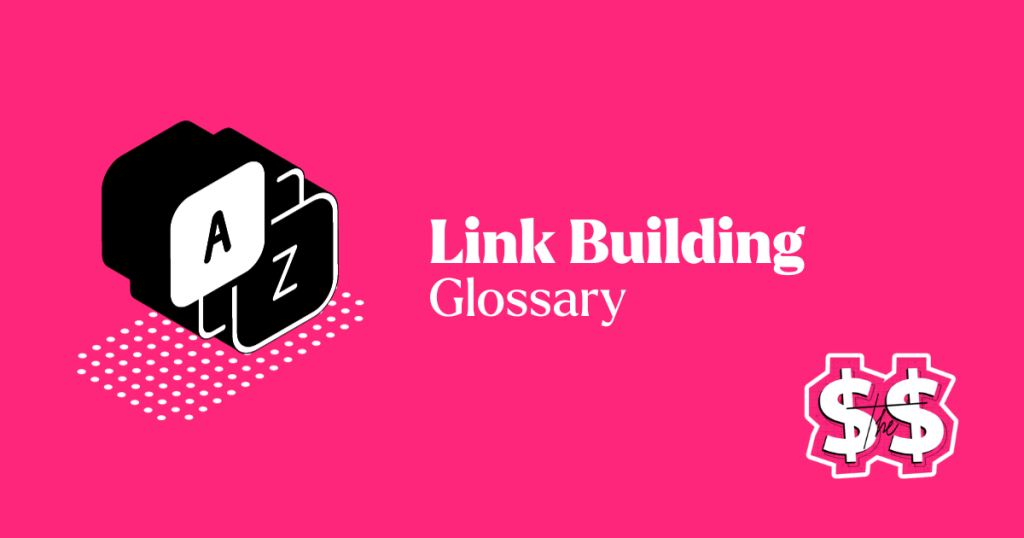Link building is the process of acquiring hyperlinks from other websites to your own. These hyperlinks, also known as backlinks, are used by search engines to determine a website’s credibility and authority.
- Link Building: The process of acquiring hyperlinks from other websites to improve a site’s visibility and authority.
- Backlink: An incoming hyperlink from one web page to another, considered a crucial factor in search engine ranking algorithms.
- Anchor Text: The visible and clickable text in a hyperlink, often optimized for relevant keywords to provide context to search engines.
- Link Juice: The SEO value or equity passed from one page to another through hyperlinks, influencing the receiving page’s ranking.
- Internal Linking: The practice of linking to other pages within the same website, enhancing navigation and distributing link equity.
- External Linking: Placing hyperlinks on a webpage that direct users to external websites, contributing to a website’s overall link profile.
- NoFollow Link: A hyperlink with a rel=”nofollow” attribute, indicating to search engines not to pass authority or PageRank to the linked page.
- DoFollow Link: A standard hyperlink that allows search engines to follow and pass authority to the linked page.
- Broken Link: A hyperlink that no longer leads to the intended destination due to changes in the linked page’s URL or removal.
- Outreach: The practice of reaching out to website owners, bloggers, or influencers to request or build relationships for link-building purposes.
- Guest Posting: Contributing content to another website in exchange for a backlink, often used as a link-building strategy.
- Directory Submission: Submitting a website’s URL and information to online directories to build backlinks and improve visibility.
- Link Bait: Content created with the intention of attracting natural backlinks from other websites due to its value or uniqueness.
- Link Profile: The collection of all the backlinks pointing to a specific website, analyzed to evaluate the site’s authority and SEO health.
- Link Farm: A group of websites created solely for the purpose of exchanging reciprocal links, often considered a black-hat SEO practice. (ref.: SEO glossary)
- Broken Link Building: Identifying and replacing broken links on other websites with relevant content from your site to gain backlinks.
- Deep Linking: Creating backlinks that point to specific pages within a website rather than the homepage.
- Link Velocity: The speed at which a website acquires new backlinks over time, monitored to identify natural or suspicious link-building patterns.
- Social Bookmarking: Sharing website pages on social bookmarking platforms to generate backlinks and increase visibility.
- Link Reclamation: Identifying and reclaiming lost or broken backlinks to maintain a healthy link profile.

Link building is an important aspect of search engine optimization (SEO) as it helps to improve a website’s visibility and rankings in search engine results. It also helps to drive referral traffic to a website and can increase the chances of a website being indexed by search engines. There are various methods of link building, including creating high-quality and relevant content, reaching out to other websites for guest posting or collaborations, and participating in forums and online communities.
